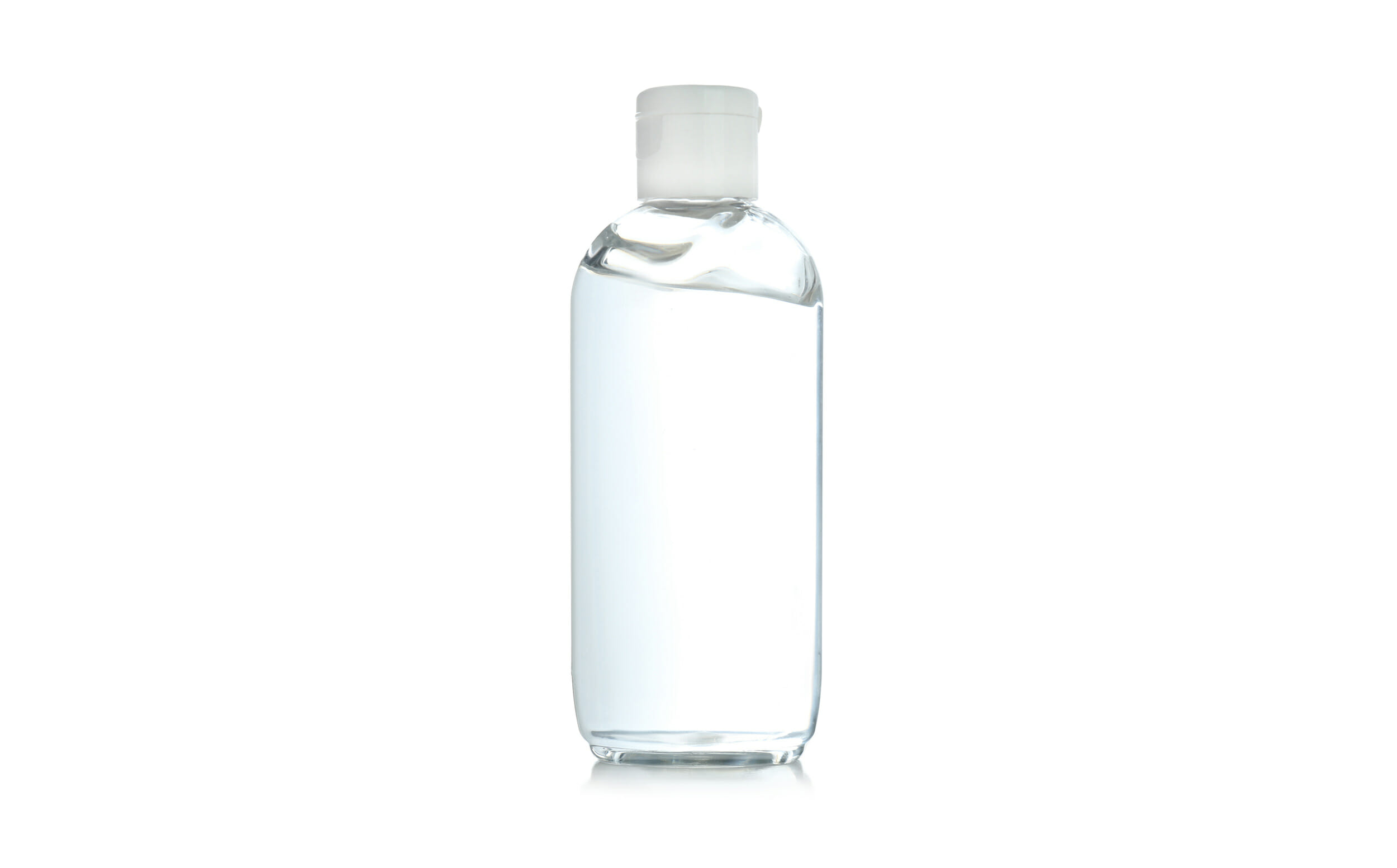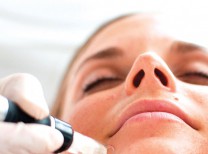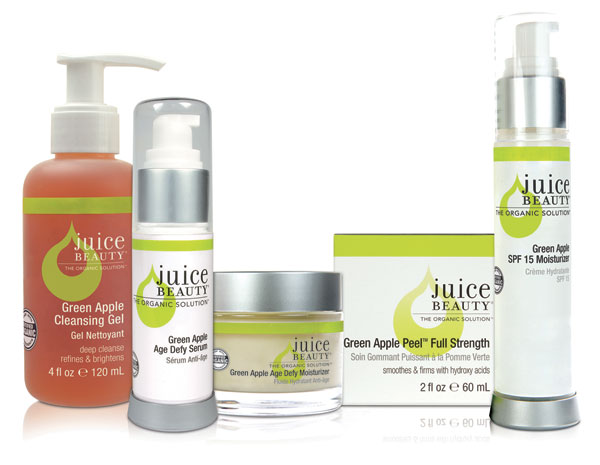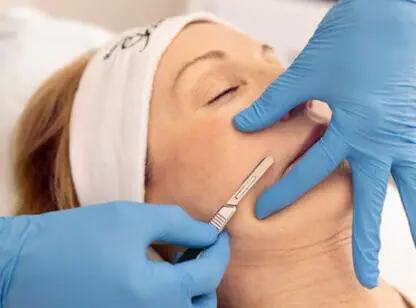The skincare business is a bit like a John Wayne movie. There’re always good guys and bad guys. In Westerns, the good guys are the ones with the white hats. The bad guys are the ones with the black hats. In skincare it’s harder to identify the villains; they don’t wear hats and they change every few years.
What’s important for business is that there must always be bad guys (parabens for example), and there must always be good guys (i.e. green tea). That way, brands can make labels that say, “no parabens,” or “no xyz” and imply that because the formulation doesn’t contain that one ingredient, everything else about their product is fabulous. It’s not quite that simple.
The good news is that we each get to decide what to put on our skin and what to avoid. The bad news is that there are forests of information to machete through in search of our truth. First, we must decide if we need to concern ourselves with the safety of our skincare products or if it’s enough to trust that there are regulatory bodies in place to protect us. For those who feel the need to evaluate ingredients, the first step is research. Is an ingredient bad or good, or does the skincare industry need to feast off a new devil or rock star?
Recently, there has been a lot of hub bub about silicones in skincare. Some folks have worked themselves into a frenzy arguing the pros and cons. Since silicones are in thousands of products ranging from diaper creams to wrinkle serums, it’s probably a good idea to give them some thought.
What are silicones? Silicones are naturally derived from polymers, compounds made up of alternating silicone and oxygen atoms. While there are many kinds of silicones, dimethicone seems to be the latest fly in the ointment, so to speak. Why the bad rap?
One annoyance for some is that dimethicone and its cousins are synthetic vs natural. In cosmetics, there is no official designation that makes an ingredient “natural.” “Organic,” on the other hand, is a genuine certification. “Green” is not a recognized certification, whereas “Leaping Bunny,” which identifies animal-friendly products is legit.
In medicine, dimethicone is a good guy. Known for its occlusive properties, it helps heal wounds by allowing the skin to “breathe.” Dimethicone can create a barrier against the outside world while healing happens below. In burn units around the world, dimethicone-based products along with petrolatum (Vaseline) are indispensable.
That protective barrier that works so well for wounds and burns is also of value in beauty products. It works to fill in pores, blur wrinkles and create a silky canvas for the application of makeup. Dimethicone can also be a help with dry skin, preventing moisture loss from the top layers. It is especially useful in conditions where the skin barrier is unhappy such as eczema and psoriasis. It’s a good guard against bacteria and can soothe without being greasy.
Another highlight of the dimethicone debate is around acne. There are those who say it may help to prevent breakouts by providing moisture without oils, while others say silicones clog pores. Dimethicone is classified as non-comedogenic (does not clog pores) and non-acnegenic (not likely to cause acne), but it’s important to keep in mind that products containing dimethicone must be thoroughly cleaned from the skin. The last thing acne-prone skin needs is bacteria and sweat trapped beneath a protective layer. If you have the sense that this ingredient is causing a problem, then you might want to review and research everything you’re using on your skin.
You may gain knowledge from government agencies, non-profit organizations and the scientific community, but you will likely find trustworthy information from the US Food and Drug Administration and the Cosmetic Ingredient Review Expert Panel who funded research on this issue in 2019 and evaluated many of the safety questions you might have.
It’s important to remember some natural ingredients can cause irritation, and some synthetic ingredients are beneficial and safe for the skin. There is perception, and there are facts, and it’s often hard to tell the difference.
Brook Dougherty of Indio is the founder of JustUs Skincare and can be reached at [email protected]. For more information visit www.justusskincare.com
Sources: 1) Carter, B & Sherman, R, 1957. ‘Dimethicone (Silicone) Skin Protection in Surgical Patients’, Archives of Surgery, vol. 75, is. 1, pp. 116-117; 2) Cosmetic Ingredient Review, 2019. ‘Safety Assessment of Dimethicone, Methicone and Substituted-Methicone Polymers, as Used in Cosmetics’, Cosmetic Ingredient Review Expert Panel. De Paepe, K, 2014. ‘Silicones as nonocclusive topical agents’, Skin Pharmacology and Physiology, vol. 27, pp. 164-171.; 3) Kwon, S, et al., 2013. ‘The effect of glycerin, hyaluronic acid and silicone oil on the hydration, moisturization and transepidermal water loss in human skin’, Korean Journal of Aesthetic Cosmetology, vol. 11, pp. 761-768.; 4) Mojsiewicz-Pieńkowska, K et al., 2016. ‘Direct human contact with siloxanes (silicones)- safety or risk: Part 1 Characteristics of siloxanes (silicones), Frontiers in Pharmacology, vol. 7, pp. 132.; 5) Pellicoro, C, Marsella, R, & Ahrens, K, 2013. ‘Pilot study to evaluate the effect of topical dimethicone on clinical signs and skin barrier function in dogs with naturally occurring atopic dermatitis’, Veterinary medicine international.; 6)Yahagi, K, 1992. ‘Silicones as conditioning agents in shampoos’, Journal of the Society of Cosmetic Chemists, vol. 43, pp. 275-284.















































Comments (0)